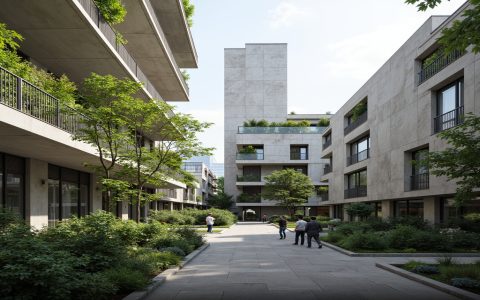Introduction to Death in Architecture
The concept of death in architecture, encompassing decay, ruins, and symbolic mortality, is vital for its profound impact on cultural memory, philosophical insights, and aesthetic innovation. This article outlines key reasons for its significance.
Historical and Cultural Preservation
Ruins serve as tangible evidence of past civilizations, preserving cultural narratives and lessons. They foster continuity by documenting human achievements and failures.
Philosophical Reflection
Architectural decay evokes themes of impermanence and mortality, encouraging contemplation on human existence. This symbolic resonance promotes societal introspection.

Aesthetic and Educational Value
The beauty of ruins inspires contemporary design, driving sustainability and emotional depth. Additionally, decaying structures educate on architectural evolution and conservation.
Influence on Modern Practice
- Sustainable Design: Lessons from decay inform resilient materials and adaptive reuse, reducing waste.
- Artistic Innovation: Ruins stimulate avant-garde movements like ruin aesthetics or new romanticism.
- Community Connection: They anchor local identity, fostering collective memory through heritage sites.
In essence, death in architecture enriches our understanding of time, creativity, and human legacy.







